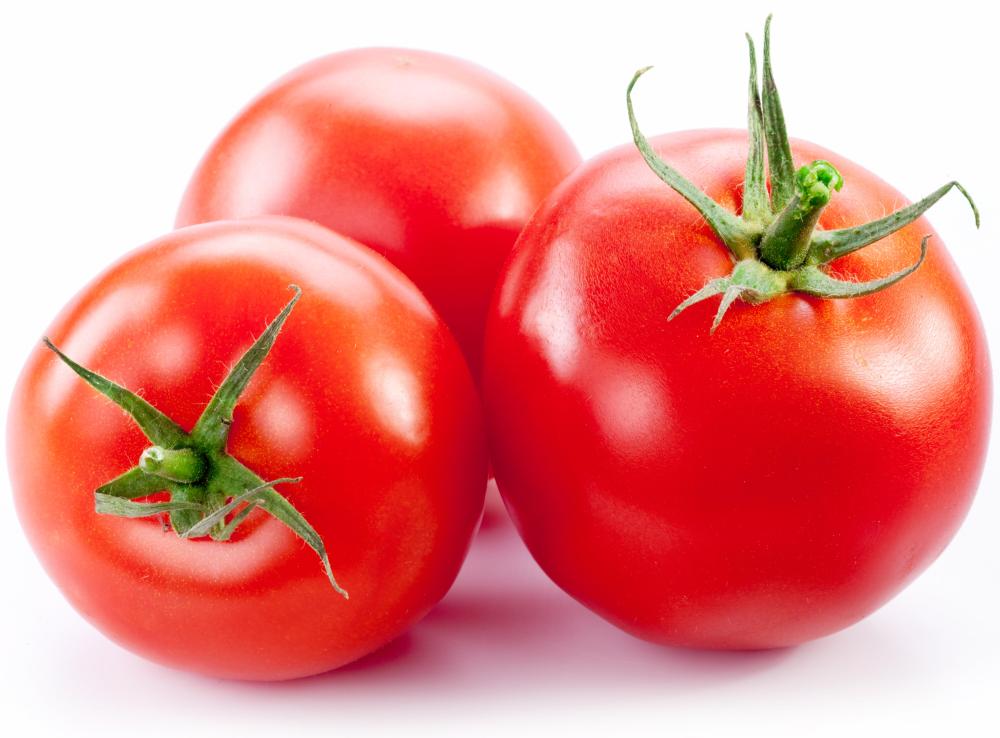At WiseGEEK, we're committed to delivering accurate, trustworthy information. Our expert-authored content is rigorously fact-checked and sourced from credible authorities. Discover how we uphold the highest standards in providing you with reliable knowledge.
What Are Tomato Preserves?
Tomato preserves are diced tomatoes that have been cooked down with sugar, pectin and an acid such as lime juice. The tomatoes are traditionally placed into sterile jars so they can be stored for up to one year. Another name for tomato preserves is tomato jam. The resulting product is a gelatin-like batch of tomatoes with a taste that is both sweet and savory in the same bite. The quality, variety and preparation of the tomatoes can make a large difference in the finished preserves.
When making tomato preserves, one of the most important aspects is the type of tomato that is used. Freshly picked tomatoes of any variety are best, but store-purchased Roma tomatoes also are good, because of their low water content. Using colored tomatoes or heirloom tomatoes can help to create an interesting appearance and a more acidic taste. Cherry or grape tomatoes can help to make a slightly sweeter jam.

Most of the recipes for tomato preserves call for the tomatoes to be peeled. Some recipes, especially those aiming for a more savory jam, prefer that the peel be left intact. The tomatoes do, however, need to have most of their moisture removed by coring and seeding them. For large, commercially produce tomatoes, this process should leave only a pile of the tomato meat.

For the tomato preserves to grow firm and set properly, it is important to find the correct balance of pectin, acid and sugar. The acid for the preserves could be lime juice, lemon juice or vinegar. Pectin is a thickening agent that is extracted from fruits such as apples. All three elements combine when boiled to form a type of gelatin. If the proportions are not correct, then the tomato preserves will not set when cooled.
If the tomato preserves are going to be canned for storage, then sterilization of all the canning equipment is necessary. This usually means submerging the jars, lids and anything else that will be used in the canning process into boiling water for at least 15 minutes. This will help to stop bacteria from getting inside the jars and ruining the preserves before they can be consumed.
The basic recipe for tomato preserves can be modified to make jams that have different uses. Using vinegar and hot pepper flakes can make a sort of sweet and savory ketchup. Adding ginger, cinnamon and cloves can lend the preserves a unique flavor that goes well with cheese. Cinnamon, star anise and coriander create another combination that can bring out the distinct flavor of tomatoes in the preserves.
AS FEATURED ON:
AS FEATURED ON:












Discuss this Article
Post your comments